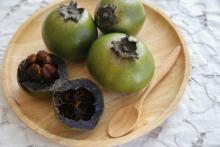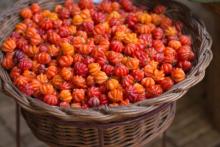Yoga Inversions: The Upside To Upside Down Poses
Most of us have tried our hand at yoga at some point in life. It may have been a college fad, or a newbie job one. Or it may have been something far more health-oriented and passion-driven. So let’s talk a little about yoga asanas today and that too of a specific kind.










